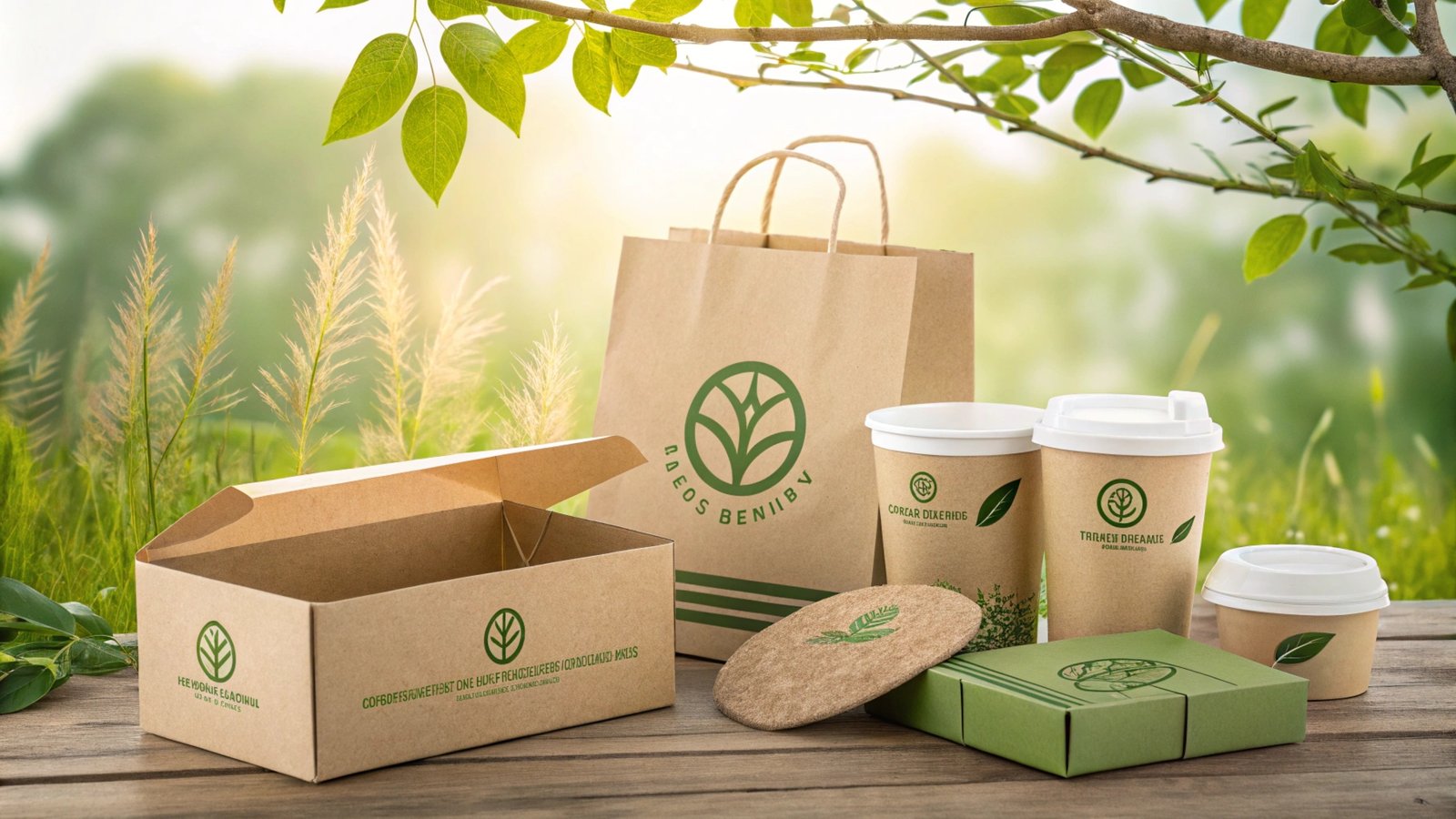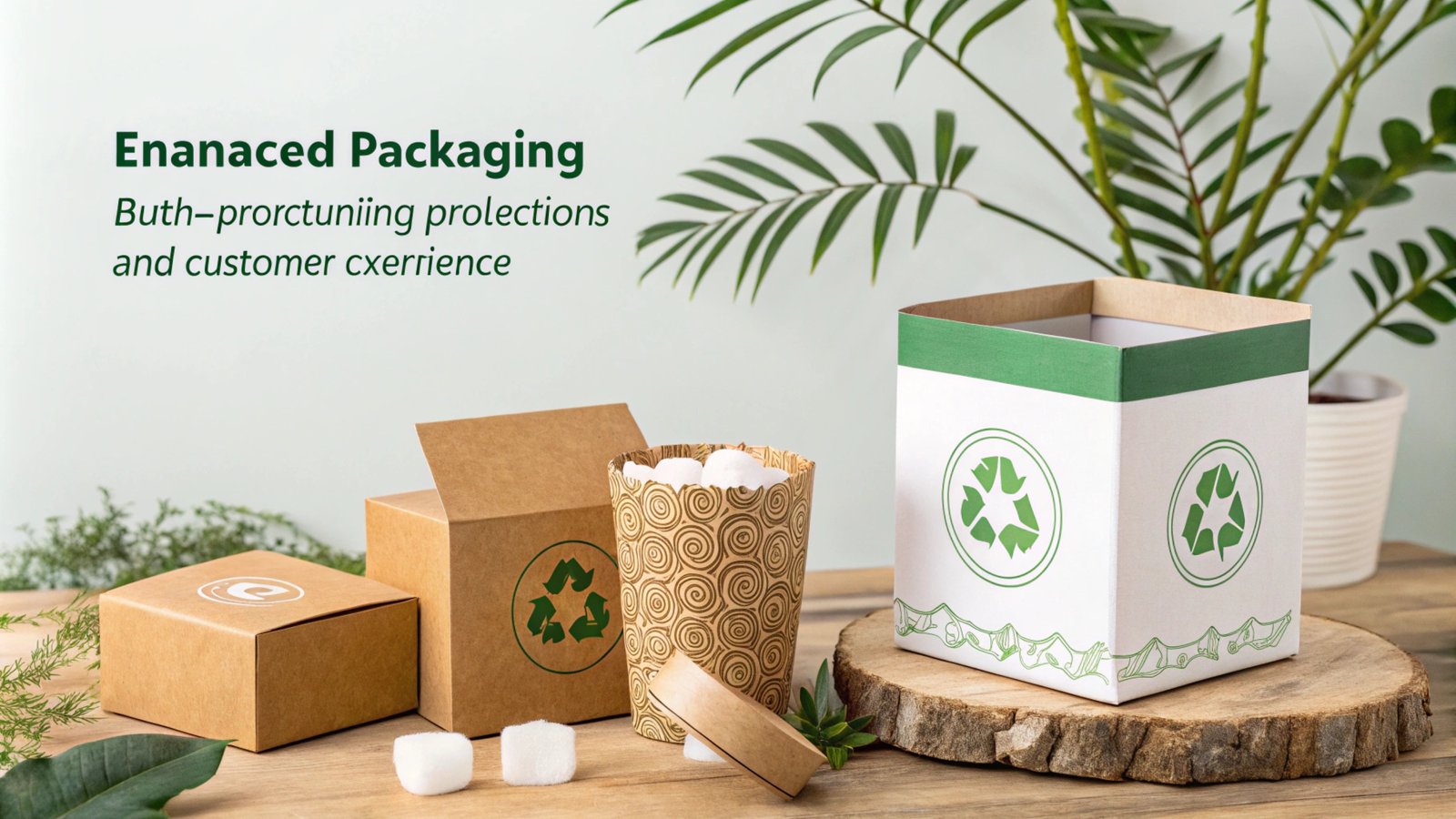
Choosing the right packaging for your product can make or break your business. It’s not just about looking good on the shelf. The packaging needs to protect, enhance, and reflect your brand. But how do you choose the best packaging solution? Here’s the thing – packaging goes beyond aesthetics. It’s about functionality, sustainability, and your overall business goals. Whether you’re in cosmetics, food, or electronics, understanding the needs of your product and target audience will guide you to the right decision.
Snippet paragraph: Choosing the best packaging is more than a decision based on design. It’s about selecting a solution that offers protection1, aligns with your brand, and appeals to your customer’s expectations.
Packaging can be tricky because it must meet various demands: from protecting the contents to standing out in a crowded market. So, how do you make the right choice? Let’s explore the steps involved in finding the ideal packaging solution for your needs.
[Table of contents]
How to choose the right packaging for your product?
Opening Paragraph for h2: The right packaging depends on several factors, including the product type, how it's used, and what impression you want to give. But how do you know which is best?

Snippet paragraph for h2: To choose the right packaging, you need to focus on three main things: the product’s needs, the customer’s expectations, and the environmental impact.
When I first started in the packaging industry, one of the biggest lessons I learned was that packaging is an investment, not just a cost. Choosing the right packaging ensures that your product arrives in perfect condition, is easy to use, and leaves a lasting impression. But the real question is: how do you get it right? Let’s break it down.
Consider the Product’s Protection Needs
The first step is understanding the primary function of packaging: protection. For example, a fragile product like glassware needs sturdy, shock-absorbent packaging to avoid damage during transport. On the other hand, a box of chocolates requires packaging that not only protects but also preserves freshness.
Understand the Aesthetic Requirements
Your packaging needs to be eye-catching and communicate your brand. It’s not just about fancy graphics or unique designs; it’s about conveying trust and quality. For instance, luxury items often require elegant, high-end materials, while eco-conscious products benefit from minimalistic, sustainable designs.
Sustainability Considerations
With growing consumer demand for eco-friendly products, sustainable packaging is no longer optional. Choosing biodegradable or recyclable materials can boost your brand’s image while protecting the environment.
What are the factors to consider when choosing packaging materials?
Opening Paragraph for h2: Selecting the right packaging material is crucial to ensuring product safety, cost-effectiveness, and customer satisfaction2. But what factors should you consider when choosing the materials?
Snippet paragraph for h2: The material choice depends on the product’s characteristics, the desired shelf life, and the customer experience. Factors like durability3, cost, and sustainability matter too.
Selecting the right materials involves more than just picking the strongest or most visually appealing option. The material must align with your product’s needs and your business goals. Here are the key factors to keep in mind:
Durability and Strength
One of the first factors to consider is the durability of the material. For fragile products, materials like foam inserts, corrugated cardboard, or bubble wrap provide cushioning, ensuring the item survives the shipping process intact. On the other hand, durable plastics and metals are often used for long-lasting or heavy products.
Cost-Effectiveness
Cost is always a factor in packaging, but it shouldn’t drive the decision entirely. Cheap materials may seem appealing initially, but they could end up compromising the safety or presentation of your product. Balancing cost and quality is essential. That’s why bulk printing and packaging can help lower costs while maintaining product protection.
Environmental Impact
Consumers are increasingly interested in sustainable packaging. Using recyclable materials, reducing plastic usage, and opting for biodegradable or compostable options can set your product apart in a crowded market. Consider incorporating eco-friendly options that resonate with your customer base.
Size and Weight
The size and weight of the packaging will directly affect shipping costs. Heavier materials can increase shipping expenses, while larger packaging can be cumbersome and take up more storage space. Therefore, it’s crucial to find a balance between product protection and shipping efficiency.
How do I choose packing?
Opening Paragraph for h2: The type of packing you choose will play a major role in how your product is handled, stored, and transported. But how do you ensure the packing is right for your product?
Snippet paragraph for h2: Choosing the right packing involves evaluating the protection needs of the product and its presentation on the retail shelf. It should also match your branding strategy.

When deciding how to pack a product, I always focus on two key areas: the customer experience and the product’s protection. Packing isn’t just about throwing something into a box. It's about creating an experience that reflects your brand’s quality while ensuring safety. Here’s what I consider:
Consider the Shipping Process
You need to consider the various steps your product will go through during its journey to the customer. Will it be transported via air or sea? Will it go through rough handling? Understanding the logistics involved helps you choose packing materials that prevent damage.
Choose Packing for Presentation
How your product looks when it’s opened by the customer is also important. Some businesses use custom boxes or tissue paper for a premium experience. Others may choose minimalist, straightforward packing for efficiency. It’s essential to balance aesthetics with practicality.
Evaluate Packaging for Storage
If you’re storing large quantities of product, the packing needs to be easy to stack, organize, and retrieve. Bulk packaging or customizable pallets can help with space optimization.
What is important when deciding on packaging for products?
Opening Paragraph for h2: There are many factors that play a role when choosing packaging, but which ones should you prioritize? Let's break them down.
Snippet paragraph for h2: Important considerations include product protection, customer perception, regulatory requirements, and cost. Each element plays a role in ensuring the right packaging is selected.
When I think about packaging, I think about the end-to-end experience. It's about ensuring the product gets to the customer in perfect condition, enhances your brand’s image, and meets regulatory standards. Let's dive deeper into the most important factors.
Product Protection
Protection should always come first. Consider the fragility, temperature sensitivity, and the nature of your product. For example, electronics need packaging that shields against static and physical impact, while perishables require packaging that maintains the right temperature.
Customer Perception
The packaging should align with the customer’s expectations and enhance their experience. Customers want to feel like they’re getting value, and packaging plays a significant role in this perception. Well-designed packaging can make the product feel more luxurious, while eco-friendly packaging appeals to environmentally-conscious buyers.
Regulatory Requirements
Certain industries, like food or pharmaceuticals, are subject to strict packaging regulations. Packaging must meet specific standards for labeling, tamper-evidence, and safety. Be sure to research the regulations in your region and industry to avoid compliance issues.
Cost and Efficiency
Packaging should be cost-effective without compromising the product or customer experience. Bulk buying materials can lower costs, and efficient packing methods can reduce shipping expenses.
Conclusion
Selecting the right packaging is a delicate balance between protection, cost, and customer satisfaction. It’s essential to understand your product's needs and your brand’s goals before making the final choice.
-
Protection in packaging is vital as it ensures the contents are safe from potential damage during transit and storage. Understanding this helps businesses ensure product integrity. ↩
-
Packaging's impact on customer satisfaction relates to factors such as protection, convenience, and brand presentation. A good packaging choice can enhance the customer experience and encourage repeat purchases. ↩
-
Durability of packaging materials is crucial, especially for fragile items, as it ensures the safe delivery of products. ↩

